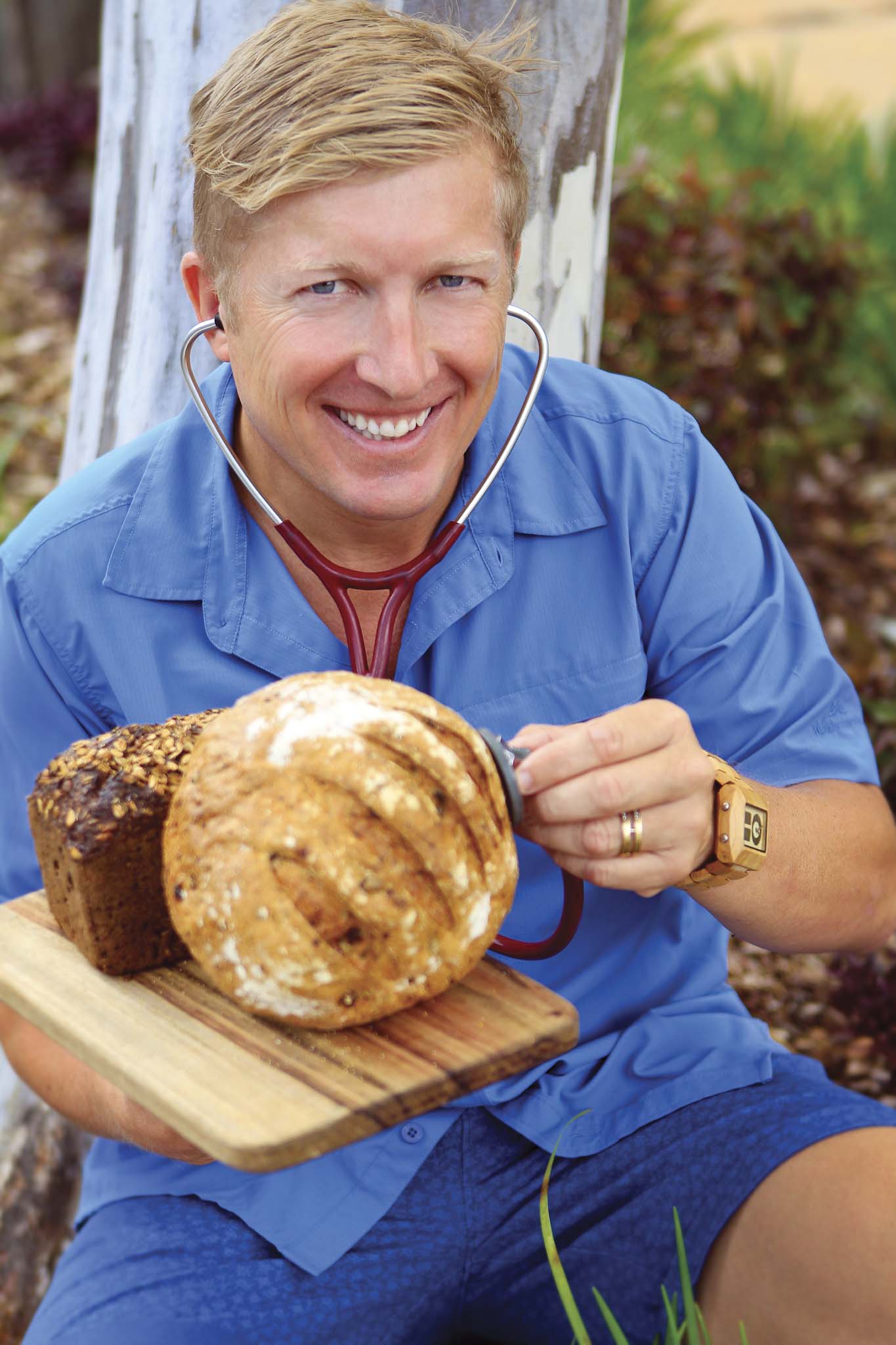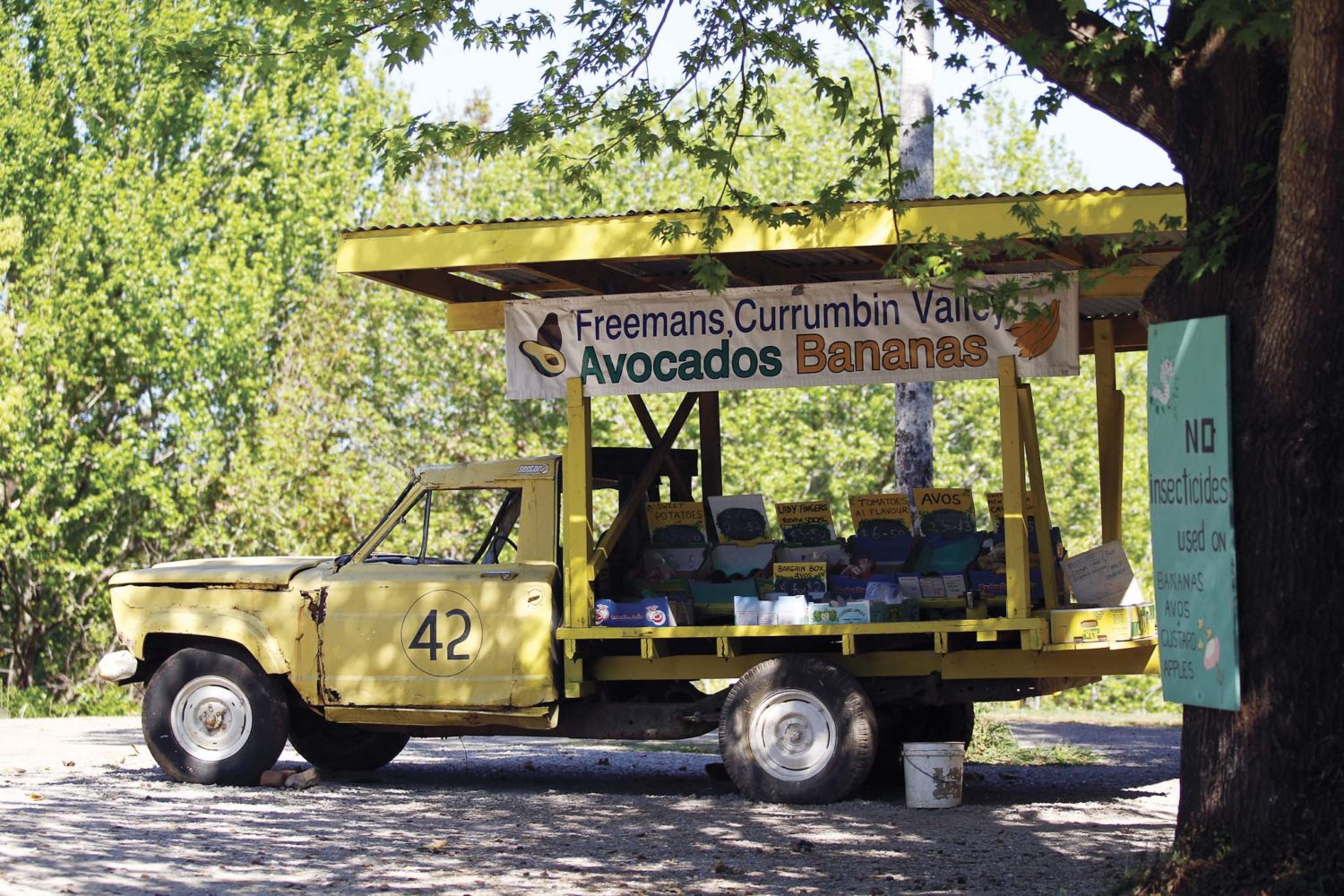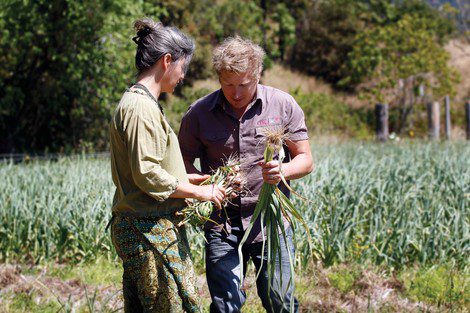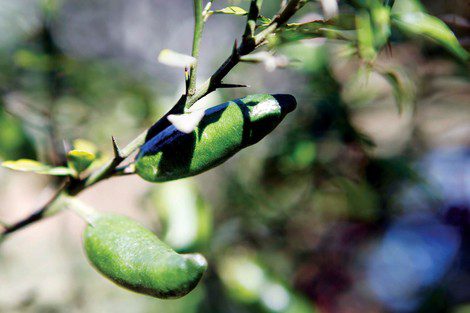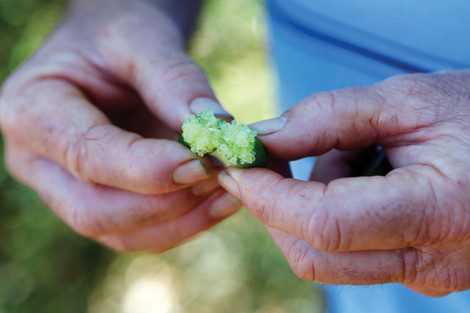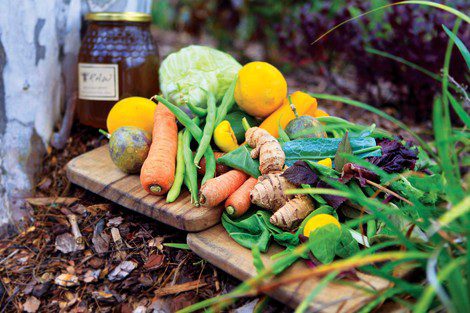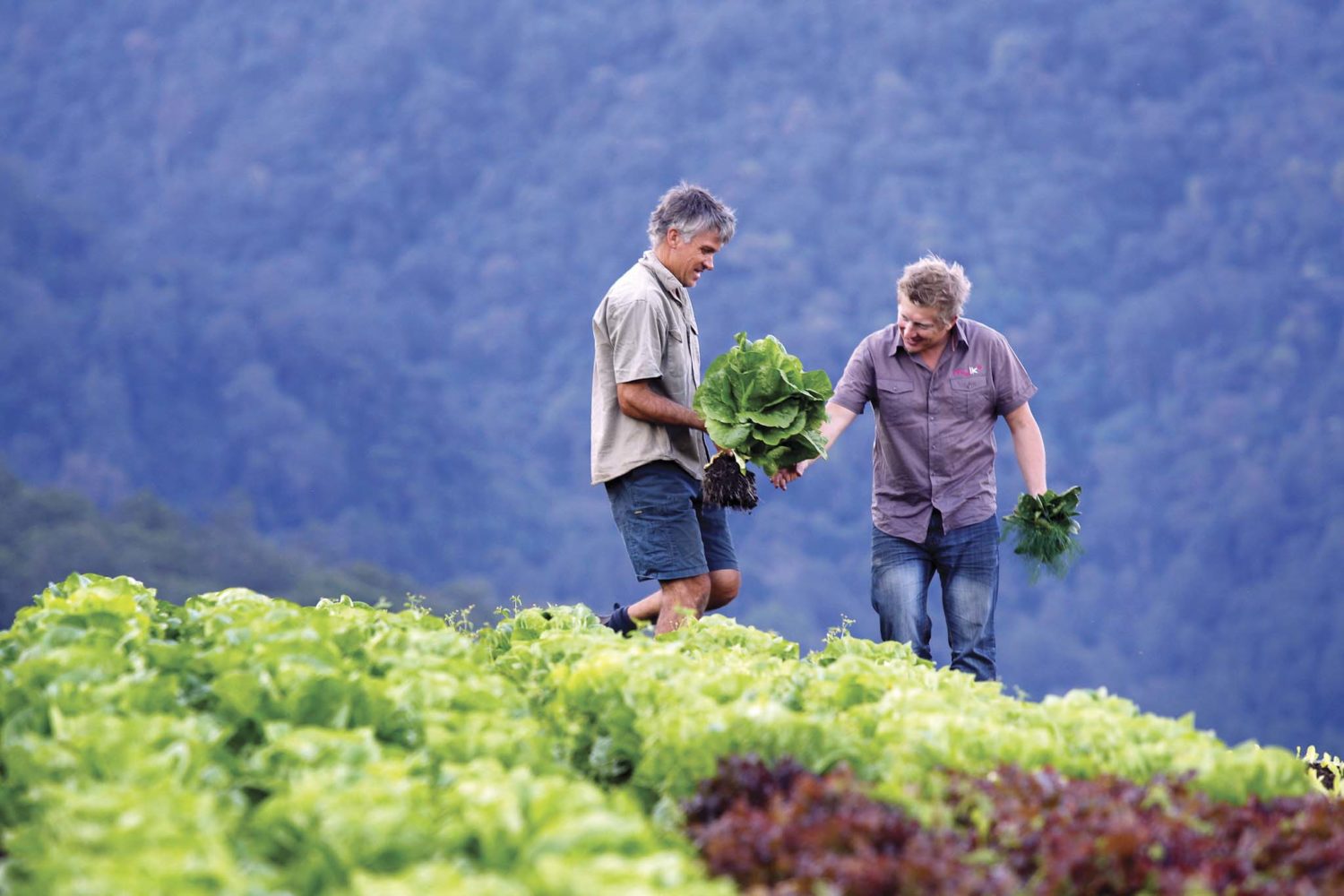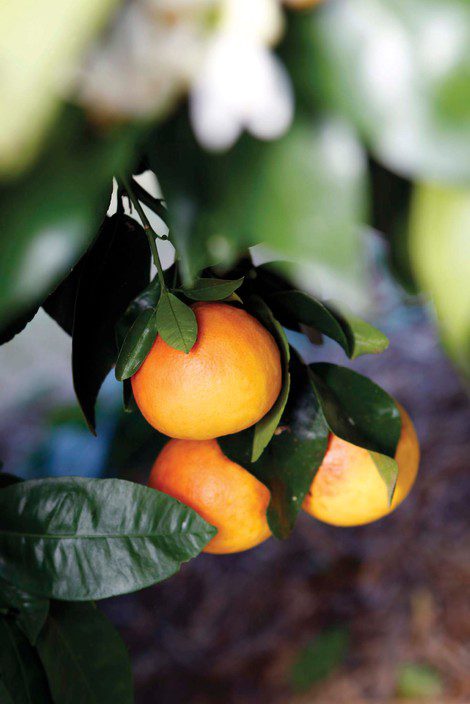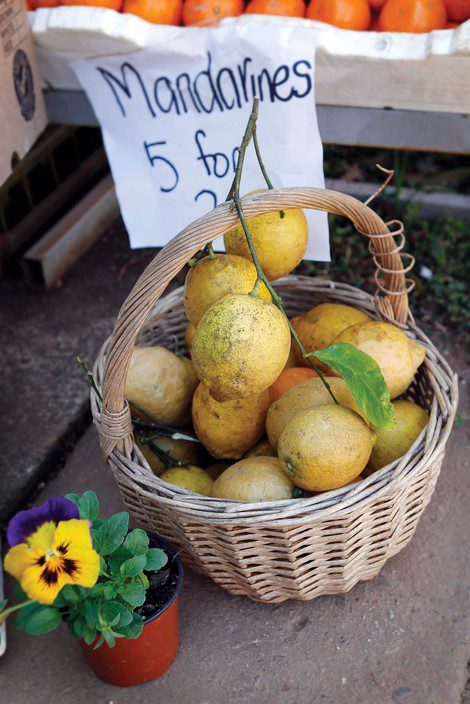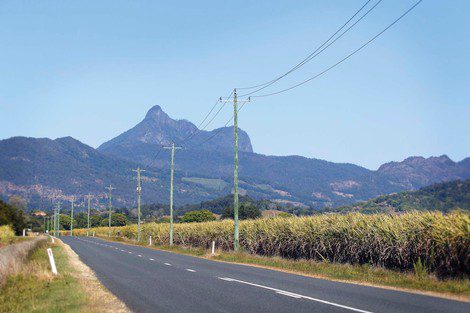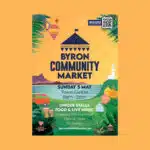GOURMET
Sustainable food trends

WORDS: PHOTOGRAPHY
The ‘go word’ for the decade is sustainability. Chefs are throwing the word around like it’s a new miracle food with some greenwashing consumers in the hope of snaring the extra market dollar. Here, celebrity chef Simon Grigalius, of My Restaurant Rules fame talks us through the trend.
Maybe the best explanation of sustainability was from the Bruntdland Commision in 1997, which states it is “development that meets the needs of the present without compromising the ability of future generations to meet their own needs”. If so, sustainability in the food industry needs to be put under the spotlight.
How sustainable are restaurants? How sustainable is the next cool ingredient?
To get to those answers, we must look at the three key core values of the word itself.
Environmental; how does the way the produce impact the environment, can it be farmed better, can it use less packaging and less transport?
Social; the impact the produce has on the community and whether farming or harvesting that product is playing a positive role in remote or rural areas where there is limited job prospects. And of course, the last…
Economic sustainability. A product has to be affordable for the long term of the business. This may include challenges of opening a high-end café, in a lower socio-economic area because the rent is cheap or hoping to use cheaper staff and cheaper food to help increase the bottom line.
Sustainability is in every chefs go box. There is such a buzz around it, it may seem like it’s the new word but at grass roots level sustainability is in the ethos of every chef and cooking professional. The desire to feed his or her customers coincides with duty of care to the primary food producer.
Unfortunately this care or duty has eroded over the last generation in the search for perfection from the culinary elite all the way down to the home cook.
Dictating the terms of nature to primary producers has left the industry in a toxic and almost fatal state.
For many years I’ve worked in kitchens around the world, where it would be common place for the chef to order only “centre cut eye fillet, 200gms, exactly the same”, or “2 crates of baby carrots, identical in shape, size and colour”, or “100 snapper fillets, same size, skin on, scaled” for a function. It has become the industry norm for consumers to dictate terms to primary producers. It is highly unsustainable in its current form.
Placing that kind of stress on a supplier can never be sustainable. Placing demands on nature, and the way nature has worked for thousands or tens of thousands of years will never get a consistent product. If anything, it has caused widespread over-use of chemical fertilizers to encourage growth past the season and past the holding capacity of the land.
It has caused the genetic modification of plants and animals in the quest to shape the perfect animal or the ideal plate sized vegetable. Industrial farming has changed the way humans now eat. Protein, once a luxury item, due to the difficulty and energy used in obtaining it, is now so mass-produced it is part of the developed world’s everyday diet.
Celebrity chefs have had a large influence in our agriculture since the skill of cooking was recognised. The head chef cooking for royalty would have been similar to today’s celebrity chefs. The consumer wanting to eat what the elite eat in a way to elevate themselves from the lower classes. This concept is at the very heart of the success of restaurants.
Of course there have been idealists, wanting to feed the people out of love, civic duty, care for the fellow man, but these are not the trendsetters nor are they the ones that have had the biggest influence on the decline of the food system.
Chefs may have forgotten their duty of care, to their customer and to their food supplier. Wanting tomatoes in the middle of winter for the salad, or demanding the fish out of migration have all had a role to play in how we, the consumers and chefs, have shaped our supermarkets and food system.
Had we taken a less greedy and lazy approach, had we kept up the skills in preserving seasonal food for year round use, had we encouraged the development of skills in using what food was seasonal and regional, and had we looked at the land and attempted to learn what had grown their that was edible for the past 10,000 years, we may have shaped our diets and our land differently.
Green washing is a term used for marketers that over-use the eco-friendly values of a product to gain the consumers trust and dollar. Greenwashing is when a café or restaurant may show it has 3 or 4 well known ‘sustainable’ ingredients and still order their asparagus from Peru, or their cured meats from feedlot fattened pigs, or their fish of the day from an unknown supplier who gets it imported from a country which has dubious health regulations.
If the buzzword for this decade is ‘Sustainability” we have to encourage this action across the board.
If you’re a customer sitting down for your fair trade coffee whilst eating a $5 egg and bacon roll, ask yourself what is the real cost of the bacon and egg?
If a traditional farmer was tending a sounder of swine and feeding them left over organic vegetable waste for 2 years, only to have the animal butchered, cured, aged, processed, transported, prepared, cooked and served to you with ‘free range’ eggs, do you really think that 100gms is worth the equivalent of .50 cents, or are you happy to chew on realizing that this price is impossible to pay for any ‘food’, anything nutritious that will keep your body in optimal health?
What is the real price of sustainability?
Real food can be sustainable but it needs transparency throughout the lifecycle of the product.
By everyone understanding what sustainability really is and understanding the complexities in our current food system we may play our part better in the sustainability of our food.


